The Original "Gaijin"
Before any of us stepped off that Narita-bound 747, the following trailblazers were already paving the way. Adventurers in their own right, most arrived in Japan under far more challenging circumstances than a simple NOVA interview or an exchange student application. Some even endured ordeals that make today's visa process seem like a breeze—imagine boiling cauldrons instead of business hotels!
Many of these original gaijin wielded their foreign charm to win over the locals and secure the easy money, establishing a path many of us would eagerly follow. Whether you've ever made a quick buck teaching English or leveraged your foreign status for a perk, you owe a debt of gratitude to these pioneers. Take a moment to appreciate the groundwork they laid—for better or worse, these are our forebears.
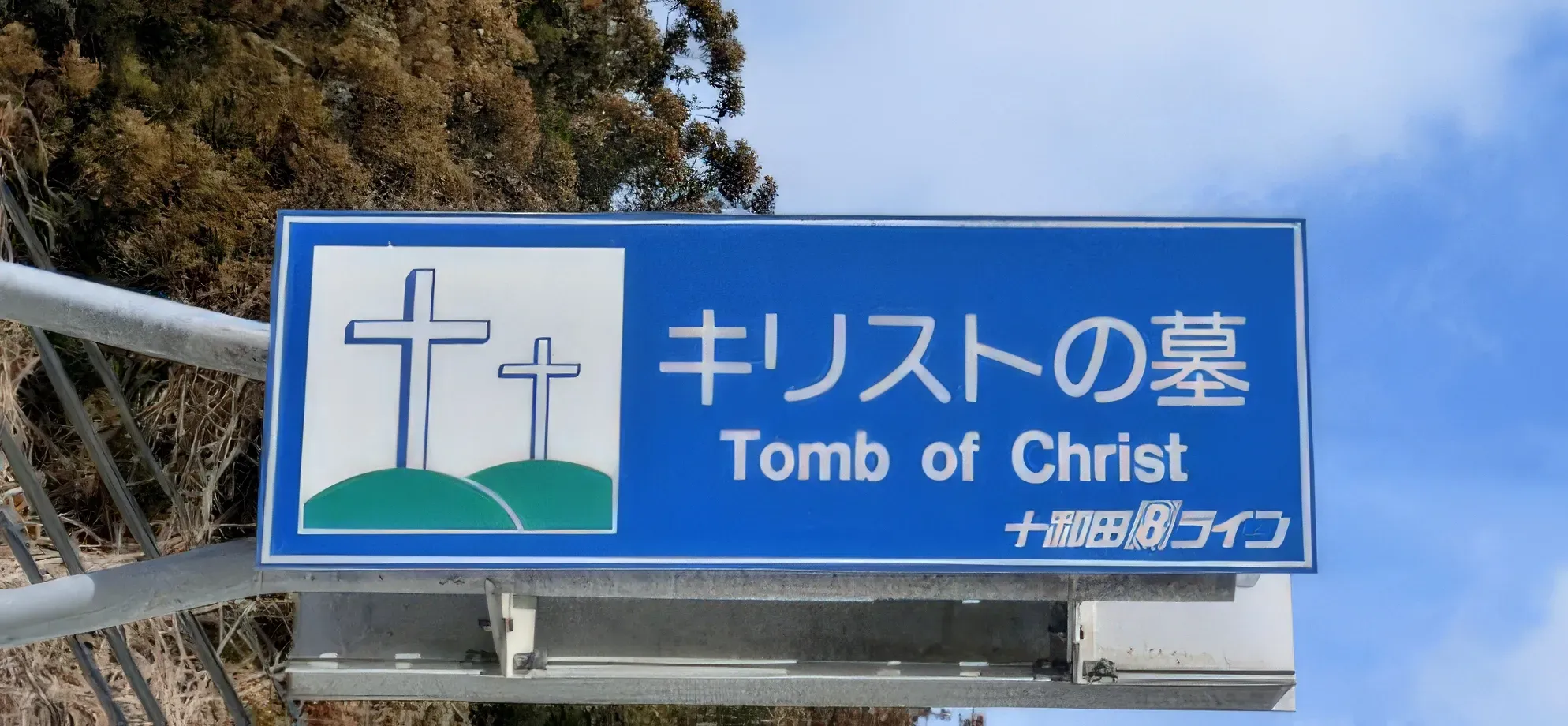
Jesus Christ
Son Of God - also... gaikokujin
Japan: 0021 (ish) - 0106(ish)
Yes, you read that right. That Jesus Christ. The one whose middle name began with an H. Could it be possible that the H stands for Herai? You see, according to Aomori legend, it's Herai Mountain that shadows his grave. The people of Shingo Village will have you know that the Messiah escaped Judea and trekked for a bit across Russia and Siberia before settling down at the northernmost tip of Honshu and marrying Miyu, the daughter of a local rice farmer. So content was the Son of Man that he saw out his days here, living to the ripe old age of 106, thus avoiding any kind of humanity-saving death on the cross. Which begs the question: why is his Aomori grave marked his grave with a crucifix?
Easy money?
Rice farmer or carpenter - either way, he can't have been rolling in it. Let's hope Miyu had a few hidden talents.
Did He "Go Native"
Yessir! Miyu-Chan. Daughter of a rice farmer, I believe we said. She bore him a few sprogs, too, so the legend has it, though his official ancestors have converted to Buddhism.
Die in Japan?
Some say he reached 106, while other villagers have it at 118. If you're finding this really hard to take in, head for Shingo, Aomori Prefecture. His grave is well sign-posted on the local roads, which is more than we can say for that shambles in Jerusalem.
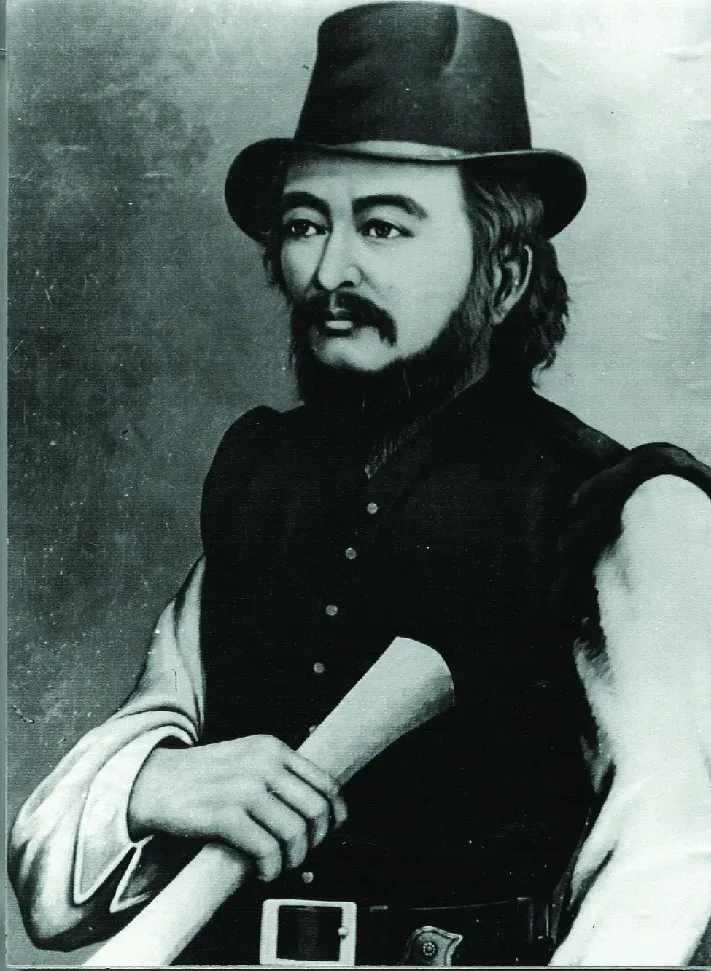
William Adams
The First Western Samurai
Japan: 1600 - 1620
Samurai William to his friends – Miura Anjin, if you insist on being formal. William Adams was the man we all aspire to be. He was the first and greatest gaijin success-story, made all the stranger in that he never intended to come here. Washed up with a scant crew after a perilous voyage, in Japan he found just what he had been longing for.
Easy money?
You better believe it. A relatively unimportant pilot in the British navy, in Japan he became a samurai and hatamoto (warrior in direct service to the Shogun) to Ieyasu Tokugawa, as well as the official advisor on all things foreign. This position scored him a fief, about 80 or 90 vassals and enough rice to feed 250 people a year. Where was I when they were handing out vassals?
Did he "Go Native?"
Check! Adams's long-distance relationship lasted about as long as most folks, and he was quick to drop his old English wife in favor of a hot little thing named Oyuki. A few halfu kids later, and he was never going home again.
Die in Japan?
Yep. Adams shuffled off this mortal coil in Hirado, north of Nagasaki, aged 56. You can still swing by and visit his grave if you are so inclined. Shogun, both the blockbusting novel and a slightly dodgy TV series, was based on his life. For a more accurate retelling, try Samurai William by Giles Milton.
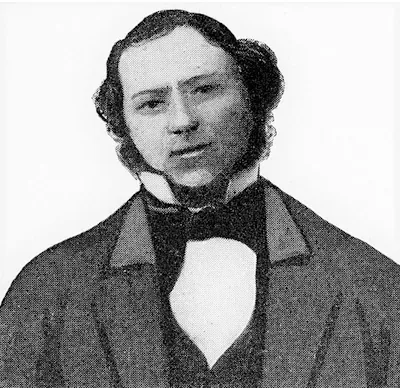
Ranald MacDonald
The First English Teacher in Japan
Japan: 1848 - 1849
Burger jokes aside, we've all known a cat like Big Mac. Starry-eyed and full of idealism, he planned to change the country one student at a time, all by teaching English. Really going above and beyond, Ranald capsized his own boat off the shores of Hokkaido in order to wash up as a fake shipwreck victim and find acceptance in the land of his dreams.
Foreigners landing in Japan at that time faced a death sentence, so it was a risky gamble. That kind of one-sided passion can only burn, and Japan just didn't love Ranald back.
Easy money?
No way, no how. Ranald holds the dubious honor of being the first eikaiwa convict. He was kept in an actual prison, where his students were brought in for their English lessons. After a lonely year, Japan decided not to re-contract the poor lad, shipping him out on the first Dutch trading ship to pass by. To add insult to injury, his employers suspected the dark-haired, dark-eyed Ranald of being a fake gaijin, subsequently adding blonde hair and blue eyes to any future employee requirements.
Did he "Go Native?
Nada. It's doubtful he even saw a Japanese woman, as he was always moved from place to place under heavy guard. Ranald hated moving around, as people would stare at him incessantly everywhere he went.
Die in Japan?
Not our boy Ranald. Lacking a new contract, he was shipped back to his native US, where he lived out his days in quiet reverie. The country obviously haunted him, though; according to his niece, Ranald squeezed out a raspy, "Sayonara, my dear. Sayonara" before he relaxed into death's sweet embrace.
Captain John Wilson
The O-Yatoi Gaikokujin Who Stayed
Japan: 1880 -1899
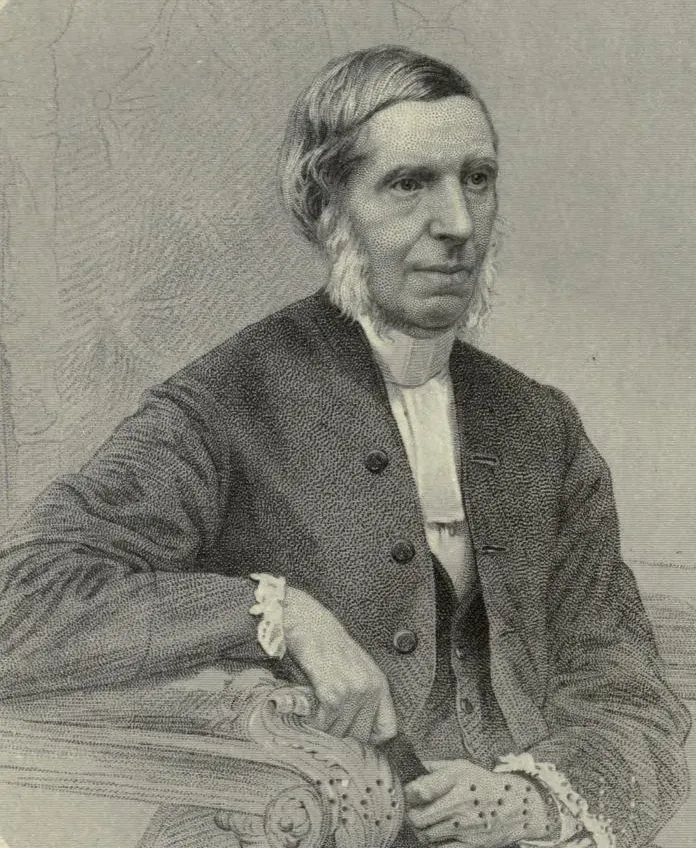
Coming over on a temporary gig as one of the new o-yatoi gaikokujin, hired to train Japanese folks in a particular skill, then bugger off back home, the John Wilson-types just never seem to leave. Much to everyone's chagrin, they start planting roots, buying houses, and bitching about how the local supermarket doesn't carry enough brands of cheese.
Easy money?
And how! The o-yatoi gaikokujin were raking it in hand-over-fist, and the experienced sailor Captain John Wilson was soon lending a hand in the Emperor's armada as a Master of the First Grade. He beat back the Chinese during the first Sino-Japanese War and then set himself up with nice shipping businesses after.
Did he "Go Native?
Got one. The dashing captain married Naka Yamazaki. Not being the acclimatizing type, he baptized her and changed her name to Sophia Wilson. The trixie little minx wasn't all she seemed to be, however, and it is rumored that she inspired a character in Puccini's Madam Butterfly.
Die in Japan?
Yep. The good captain may have lived here, but he never went native - even in death. He was buried in a special gaijin bochi, a cemetery reserved exclusively for foreign residents.
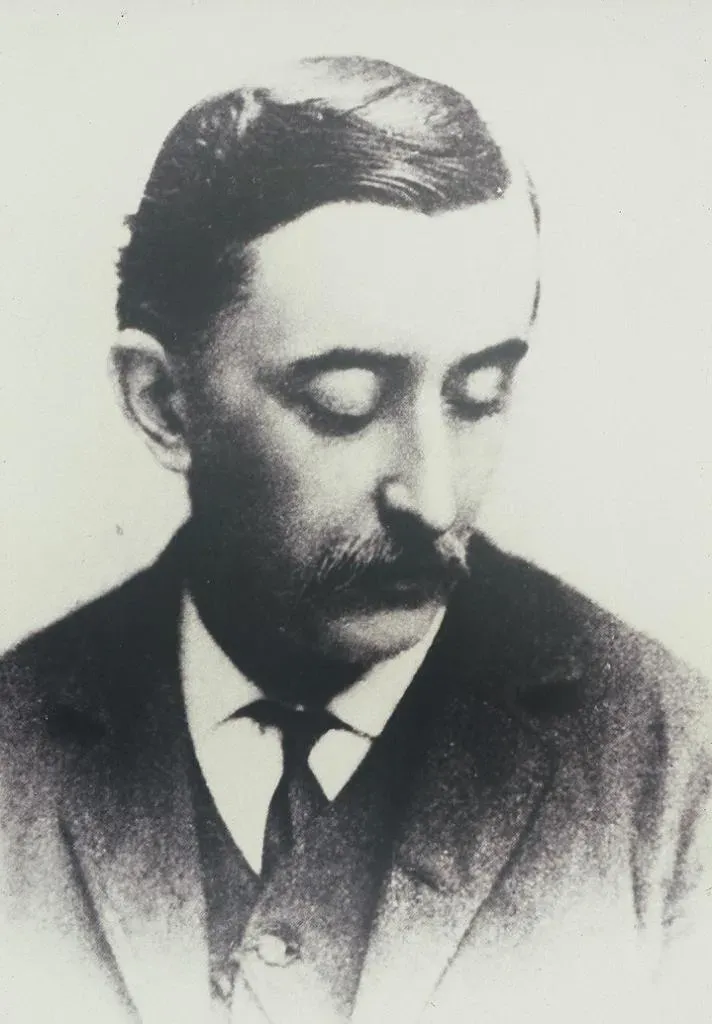
Lafcadio Hearn
The Foreigner Who Became Japanese
Japan: 1890 - 1904
At the opposite end of the spectrum, we have Lafcadio Hearn. He was that kind of gaijin - kimono in the house, geta in the streets, a bento with umeboshi for lunch; everything Japanese was just a little bit better than his native land. He even took a Japanese name, 小泉八雲 (Koizumi Yakumo), and became a naturalized Japanese citizen.
Easy money?
Raking it in. Initially sent over on an assignment for a magazine, Hearn became the voice of Japan for much of the West. He wrote a bucket-load of books on all things Japanese and even found a post as a Tokyo University professor in order to bring in some extra folding money.
Did he "Go Native?
And How! Hearn always had a taste for the exotic, having been forced to flee Cincinnati due to his then-illegal marriage to a black woman named Mattie. In Japan, he fell under the charms of the delightful Setsu Koizumi, marrying her and brewing up a fresh batch of halfus. A true Charisma Man, Hearn was thrilled to discover that Japanese people - unfamiliar with how a foreign face should look - didn't realize just what an ugly bastard he was.
Die in Japan?
He kicked the bucket here at the age of 54. In typical Hearn fashion, he stayed away from the gaikokujin bochi, and went with a full Buddhist ceremony, including posthumous name. His grave marker is still in the Zôshigaya Cemetery in Tokyo.
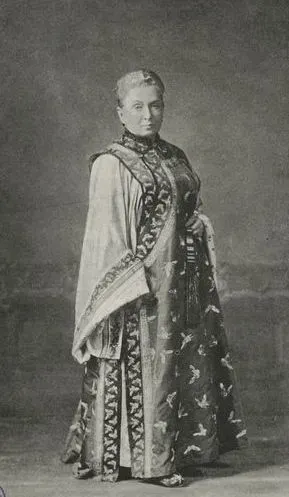
Isabella Bird
The Fearless Victorian Explorer
Japan: 1878
Isabella Bird was a trailblazing British explorer and writer who traveled through Japan at a time when few foreigners ventured beyond the major cities. Known for her intrepid spirit, Bird explored the remote, less-traveled regions of Japan, particularly Hokkaido and northern Honshu. Her book Unbeaten Tracks in Japan offers a vivid and detailed account of her travels, providing invaluable insights into Japanese culture, landscapes, and rural life during the Meiji era. Bird's remarkable observations and fearlessness made her one of the most important foreign chroniclers of 19th-century Japan.
Easy Money?
Bird wasn't in Japan to make a fortune—her passion was exploration and writing. Her accounts, published in The Times and later compiled into books, became well-known in the West, offering her some financial security. But she wasn't driven by profit, more by her insatiable curiosity and desire to document the places few Westerners had seen.
Did She "Go Native?"
Not exactly. While Bird deeply respected and admired Japanese culture, particularly the hospitality she experienced in the rural north, she didn't fully immerse herself or adopt Japanese customs. However, her close encounters with Japan's indigenous Ainu people in Hokkaido revealed a fascination and empathy for marginalized groups.
Die in Japan?
No. Bird eventually left Japan after her incredible journey and continued her global explorations. She passed away in her native England in 1904. However, her time in Japan left a lasting legacy, and her works remain highly regarded for their detailed observations and pioneering spirit.
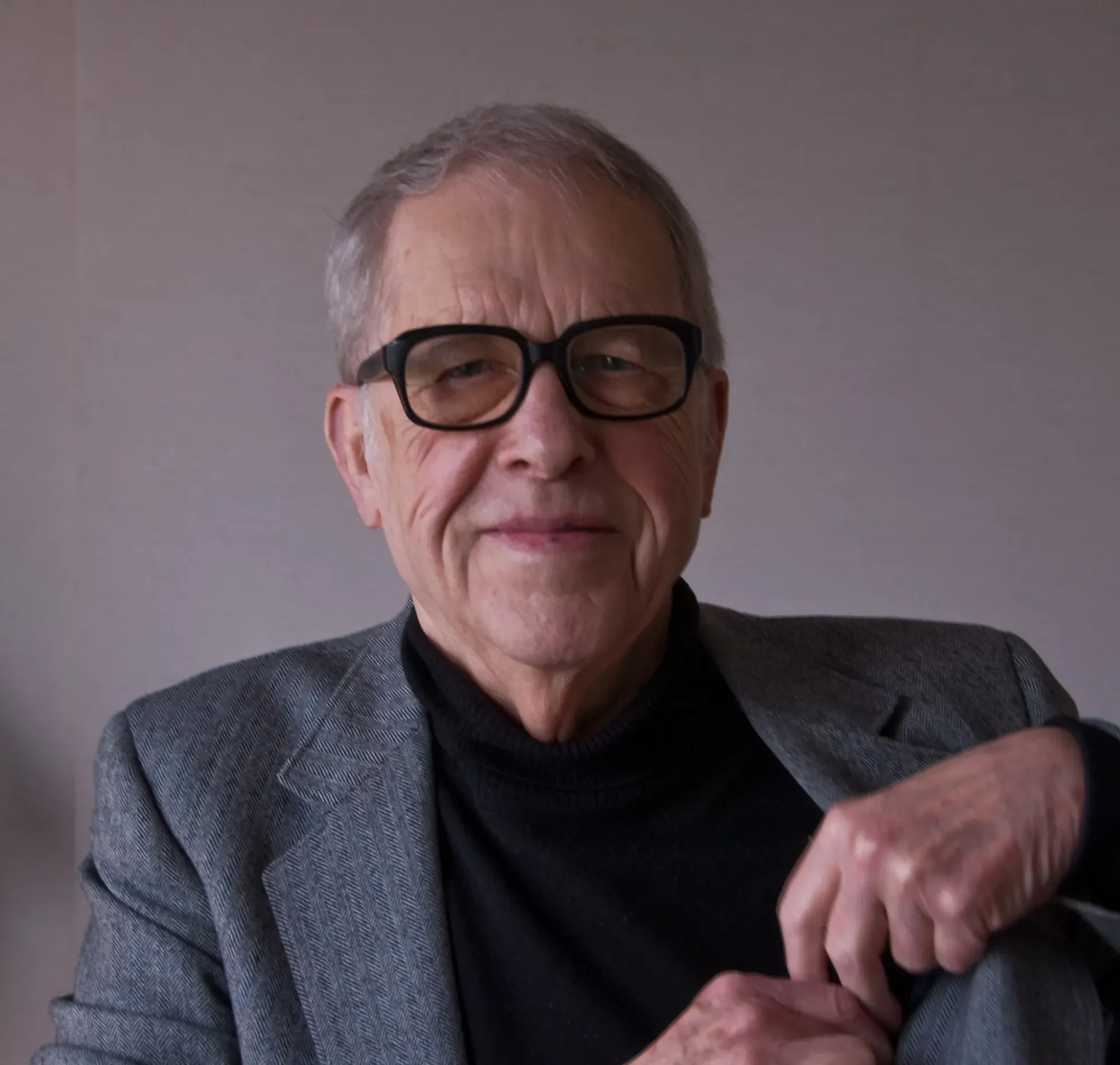
Donald Richie
A Pioneer of Japan Studies
Japan: 1947 – 2013
As World War II ended, two prominent scholars named Donald arrived in Japan and contributed significantly to the field of Japanology, picking up where predecessors like Lafcadio Hearn had left off. Donald Keene and Donald Richie witnessed profound transformations as Japan rebuilt itself from the devastation of war, documenting the country's rebirth and evolution. Their works are essential reading for anyone interested in Japan's modern development.
Of the two, Richie, known for his flamboyance and wide-ranging interests, arrived in Japan in 1947 in his early twenties. Over the course of his life, he formed connections with some of Japan's most influential cultural figures and explored a vast array of topics through his writing. His work on Japanese cinema, in particular, is considered a cornerstone for understanding the country's film industry.
Easy Money?
Richie was a prolific writer, contributing to numerous journals and newspapers, and his extensive collection of books on Japan remains highly influential. His insights into Japanese society, art, and culture have earned him a reputation as one of the most insightful commentators on post-war Japan. His body of work spans decades, offering a rich, multifaceted view of the country.
Did he "Go Native?"
In his personal journals, Richie openly discusses his intimate experiences, noting that he had relationships with thousands of people, not necessarily limited by gender. While he never publicly identified as gay, he resisted labels, believing that defining oneself too rigidly limited personal freedom and the potential for new experiences. His reflections on sexuality and identity offer an unflinching glimpse into the complexities of his inner life.
Die In Japan?
Richie spent the majority of his life in Japan as a permanent resident, deeply immersed in its culture until his passing in 2013. His understanding of Japan wasn't just academic—he lived and breathed the subject, making his work all the more authentic and valuable to readers and researchers alike. While Richie may not have died during the height of his influence, his contributions to the study of Japan remain indelible.
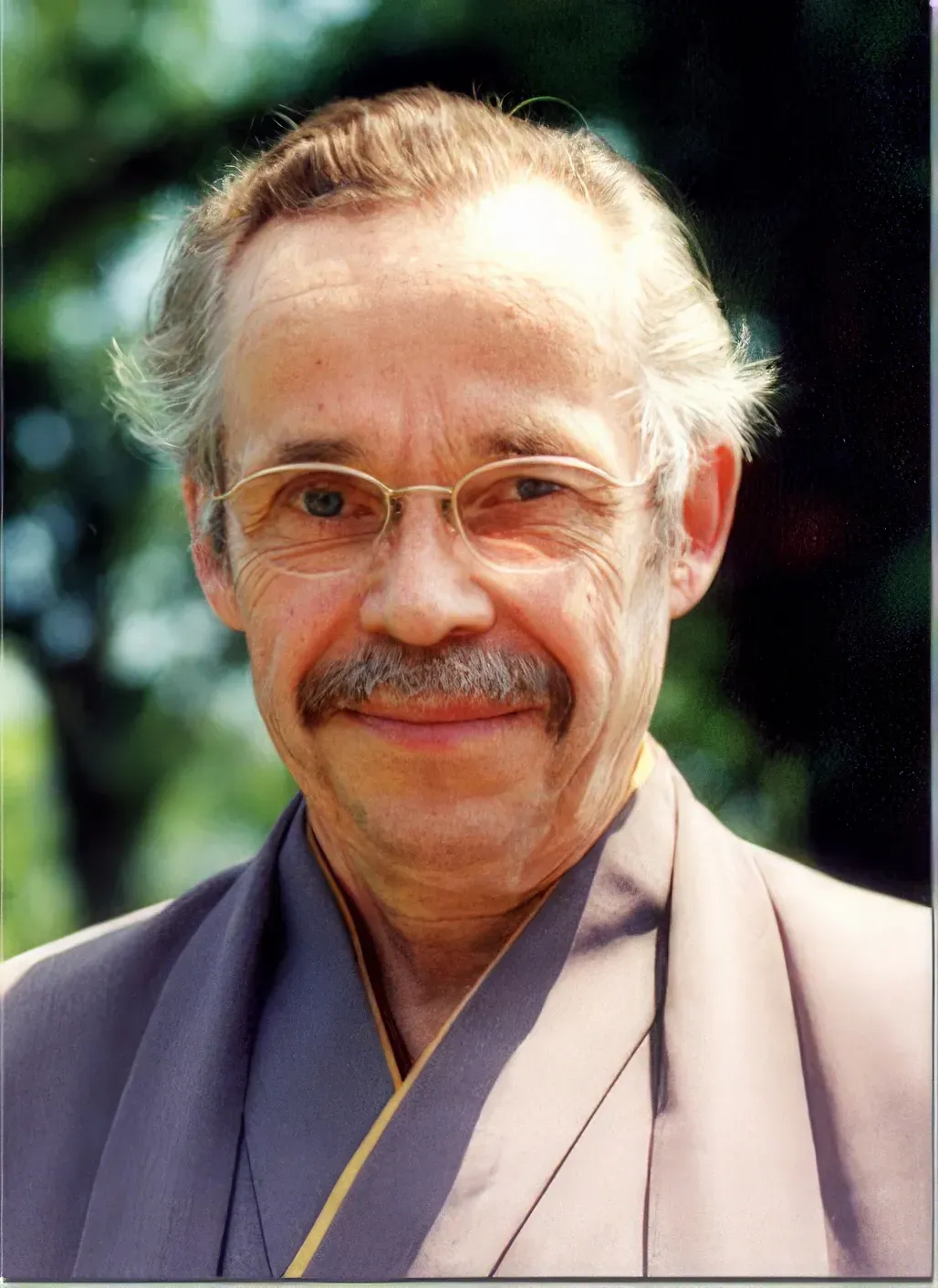
Marathi Tsuusen
From Finnish Missionary to Japanese Politician
Japan: 1967 - present
Martti Turunen lived out the first 27 years of his life in Finland, washing up on these shores in 1967 as a Lutheran missionary. Enamored with what he found, he married a Japanese woman at the age of 34 and became a naturalized citizen 5 years later. At the age of 52, he took up local politics, securing his place in the history books by becoming the first foreign-born politician to be elected to the Japanese House of Councillors. He later lost his seat in the 2013 election.
Easy money?
From the humble earnings of a missionary via the meager wages of an English teacher, Tsurunen did pretty well for himself. His autobiography, Here Comes a Blue-Eyed Assembly Man, was a great success (which teaches us valuable lessons concerning not judging books by their lame titles!)
Did he "Go Native?"
Like so many foreigners, Tsurunen arrived in Japan with a gaijin lass in tow. Years later, she's nowhere to be seen, and Martti's strutting his stuff with a local broad.
It's a well-worn tale.
Die in Japan?
Nope! Martti is very much alive.
But we don't expect to see him heading back to Finland anytime soon!
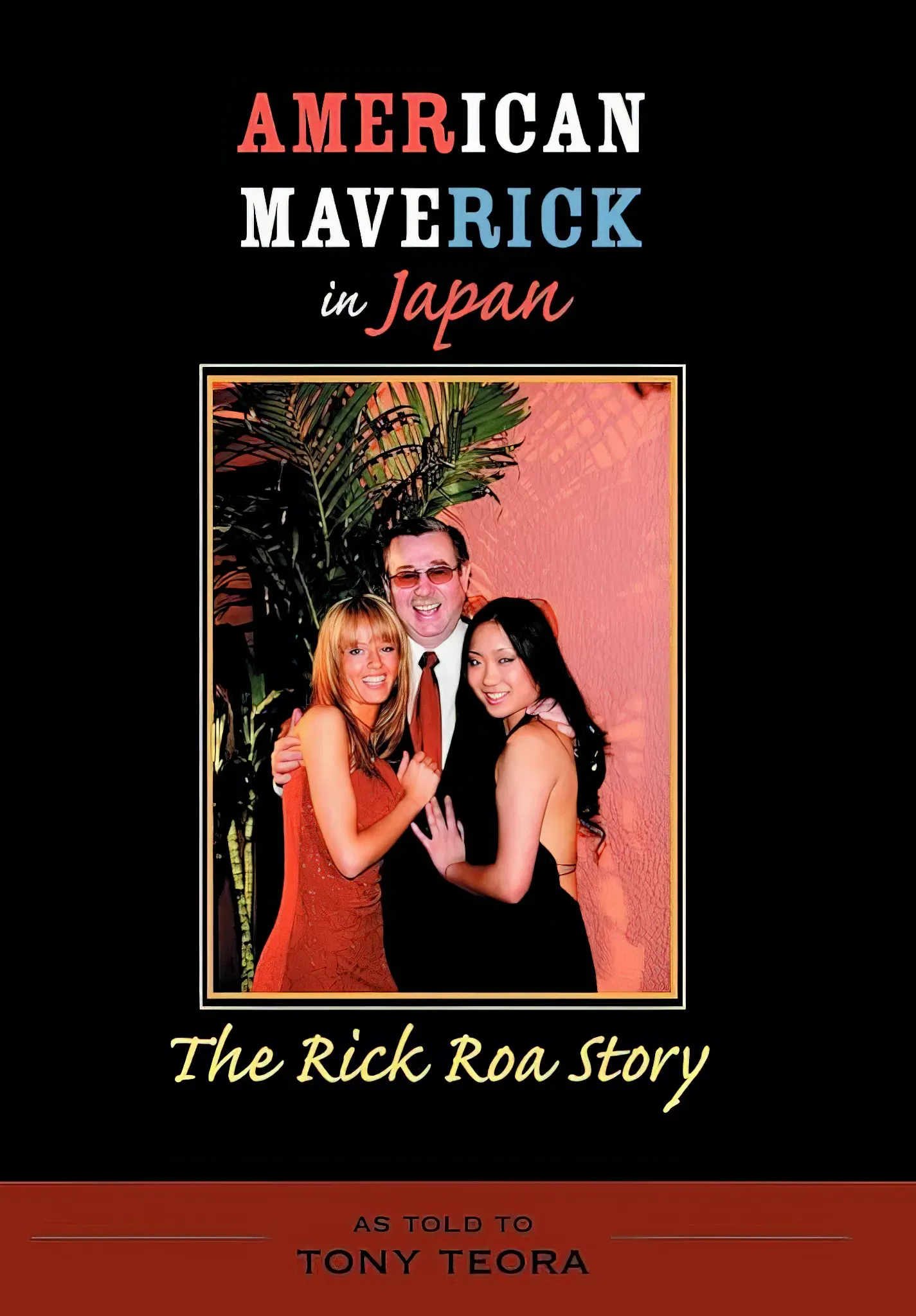
Rick Roa
The "King of Roppongi"
Japan: 1968 - 2006
Rick Roa was a Brooklyn-born entrepreneur who arrived from Southeast Asia fresh out of the US Army. Despite perpetuating an old-school mobster image ("I'll always answer your call—but if I call you, you better answer my call..."), Roa seems to have inspired positive responses in all who met him—with the possible exception of Bob Hope. But that's another story.
If there was a yen to be made, the self-styled King of Roppongi was there making it. His autobiography, American Maverick in Japan, flows on a river of scams and schemes - the majority of which seem to have paid off - making for fascinating reading. A real wise guy, and a memorable character.
Easy money?
Organizer of the American Music Awards Concerts during the 80s; membership of the Tokyo Playboy club; gorgeous house in Akasaka. The best things in life aint free.
Did he "Go Native?"
Are you kidding? Women everywhere, and not just Japanese. According to one report, he picked up performers at the Playboy Club simply because they worked on short-term visas. Each would head home after three months, no questions asked, and he'd "look after" whoever replaced her. Pretty smooth, eh?
Die in Japan?
When Roa died of stomach cancer in 2006, obituary columns were flooded. Despite the tough guy image, Slick Rick couldn't help making friends.
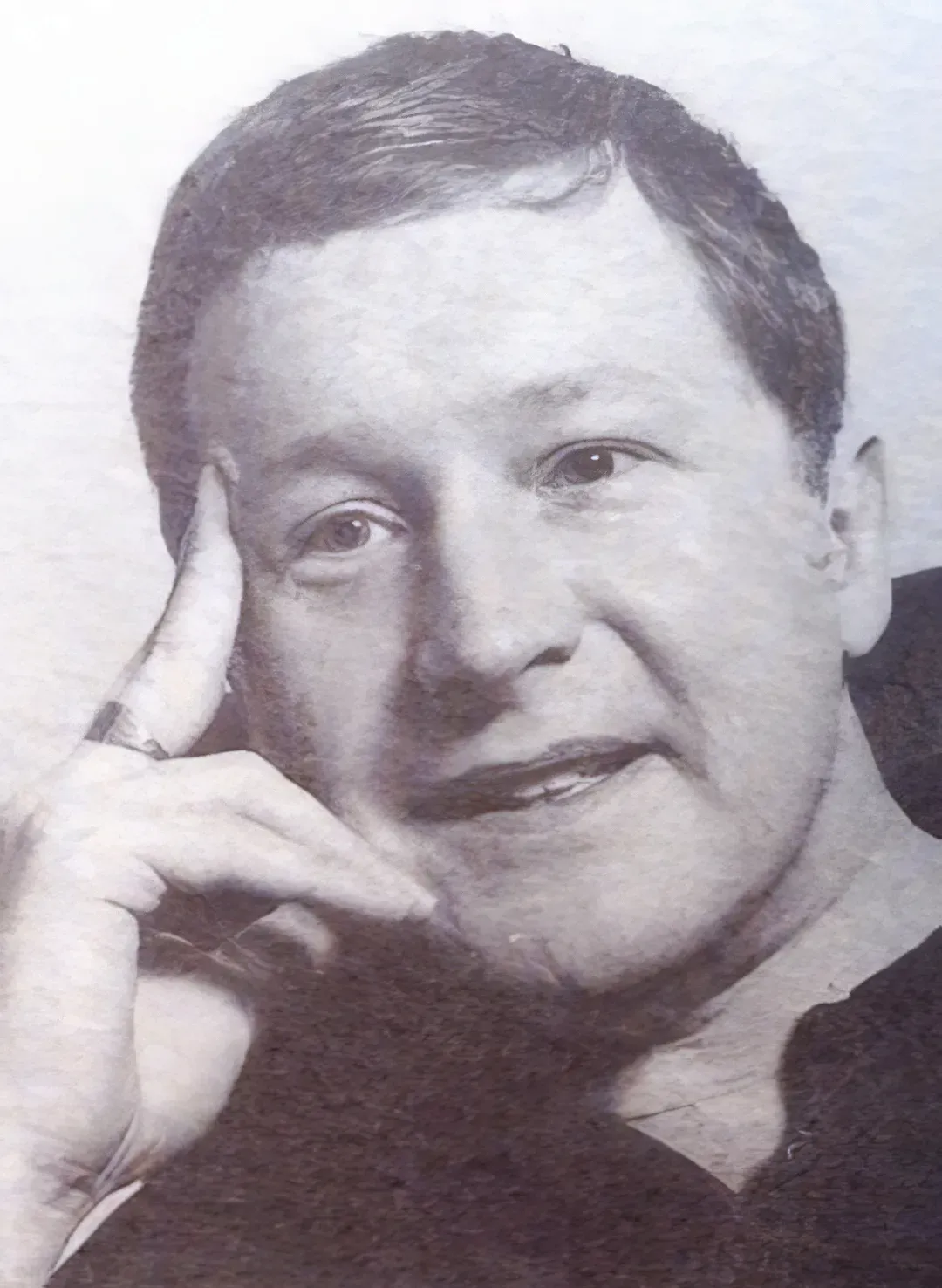
Alan Booth
Author of The Roads to Sata
Japan: 1970 - 1993
Alan Booth was an astounding travel writer, cut down by cancer just as he was coming into his own. Well-loved as a Tokyo-based journalist during his lifetime, his reputation seems to have grown considerably in death.
Most notable for having traveled the length of the country entirely on foot (pick up a copy of The Roads to Sata - a real gem), Booth was also a prodigious drinker. The amount of time his travels diverted through the nearest bar, it's a wonder he ever got anywhere. But the man was an absolute legend. Alan - wherever you are - we salute you!
Easy money?
A well-loved writer should never be short of a bob or two.
Did he "Go Native?"
There's a great anecdote in Roads to Sata, in which hapless Alan - convinced he's seconds away from bedding the daughter of a ryokan owner - lets rip with an enormous lager-induced fart. It may have been the last he saw of her, but he wasn't always a failure with the women. Married twice.
Die in Japan?
Sadly, yes. Alan actually records the onset of his cancer in his second book, Looking for the Lost, which was published posthumously. His loss is still felt strongly amongst colleagues and fans alike.
Written by Zack Davisson & Jon Wilks and originally published in the December 2007 issue of Japanzine

Nagoya Buzz
Events, local info, and humor for the international community of Nagoya, Japan.
Follow Nagoya Buzz :







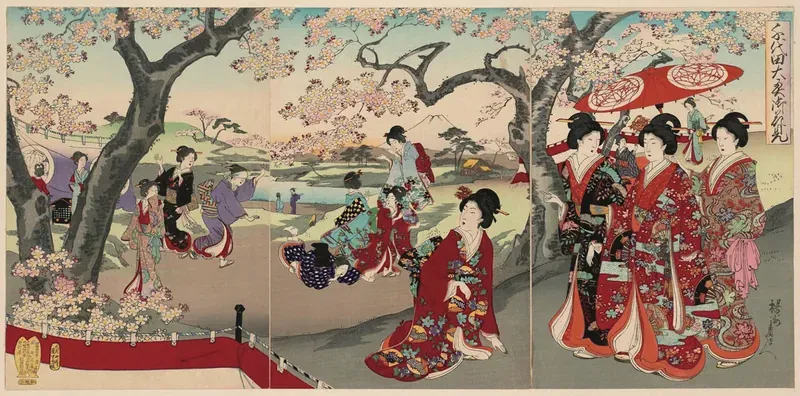

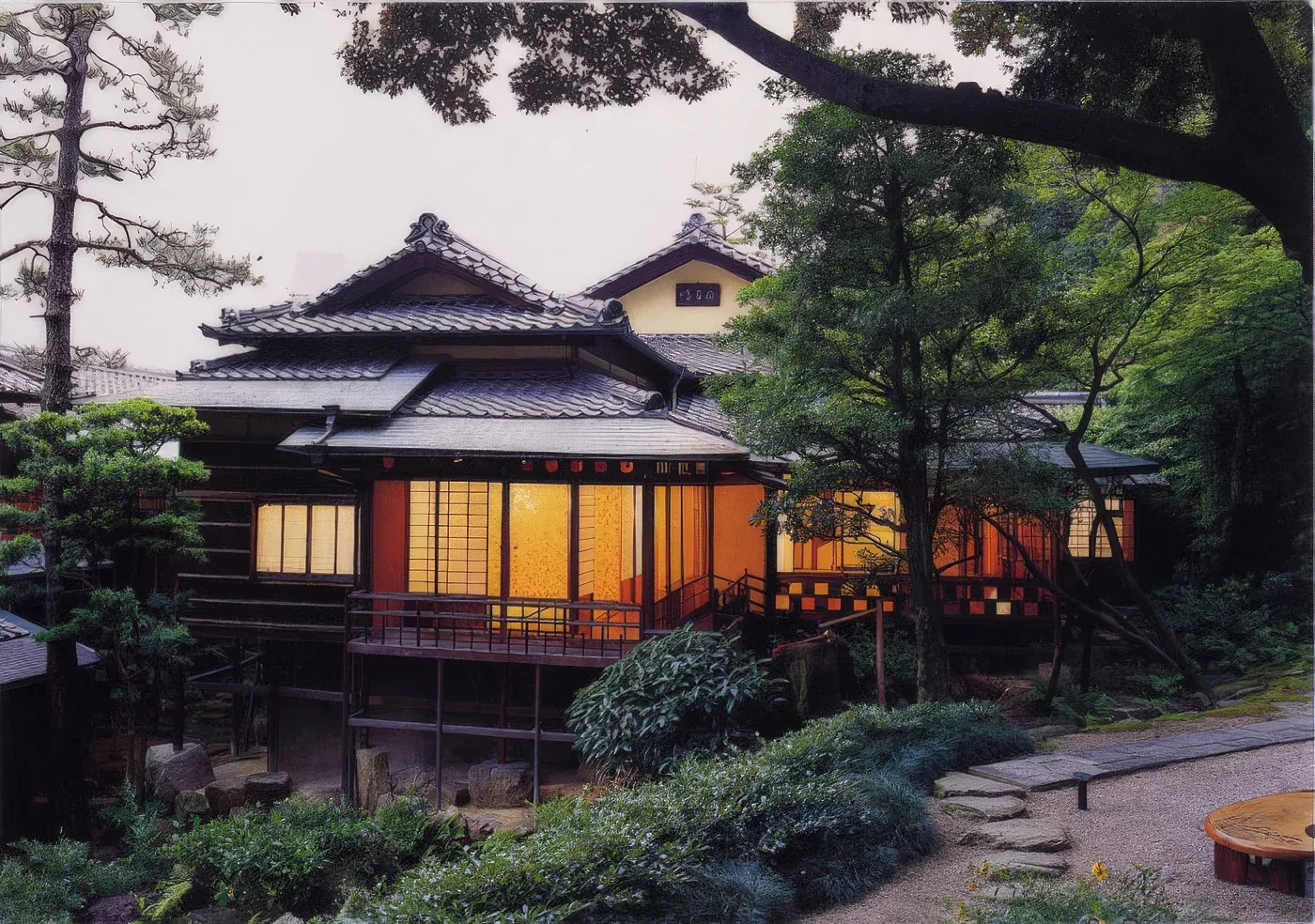
Leave a Comment